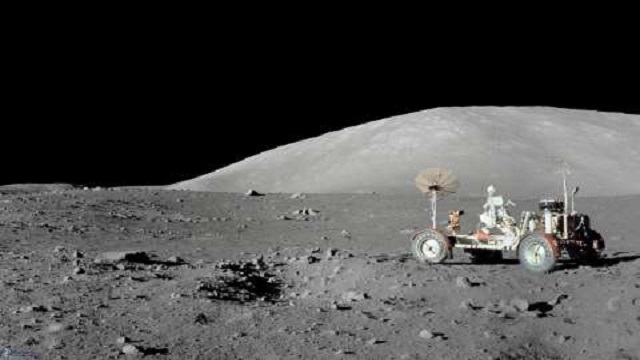In line with its plan to conduct more research on the Moon’s surface ahead of a human return, NASA has issued a call for science instruments and technology payloads that will fly on commercial lunar landers as early as next year or 2020.
This call is specifically geared towards small payloads that can be ready for early commercial flights, NASA said in a statement on Thursday, adding that future calls for lunar payloads will occur at regular intervals for later missions, with the next call released in approximately one year.
The initial proposal deadline is November 19, 2018, the US space agency added.
“We are looking for ways to not only conduct lunar science but to also use the Moon as a science platform to look back at the Earth, observe the Sun, or view the vast Universe,” said Steve Clarke, Deputy Associate Administrator for Exploration in the Science Mission Directorate at NASA.
“In terms of technology, we are interested in those instruments or systems that will help future missions — both human and robotic — explore the Moon and feed forward to future Mars missions,” Clarke added.
On early missions, science instruments will likely gather data related to heat flow within the Moon’s interior, solar wind and atmosphere as well as dust detection.
Lander payloads could also conduct technology demonstrations, using the Moon as a technology testbed for Mars.
“The strategy is that these early missions will help us prepare for more complex future missions such as searching for usable resources, building up a seismic network to understand the Moon’s internal structure, and studying the lunar mineralogy and chemistry to understand the Moon’s origins,” Clarke said.
The US space agency is implementing a plan for Americans to orbit the Moon starting in 2023, and land astronauts on the surface no later than the late 2020s.
A key component of establishing the first permanent American presence and infrastructure on and around the Moon is the Gateway, a lunar orbiting platform to host astronauts farther from Earth than ever before.
NASA believes that the work it does on the Moon in the coming years would help it send a series of crewed missions to Mars, scheduled to start in the 2030s.







